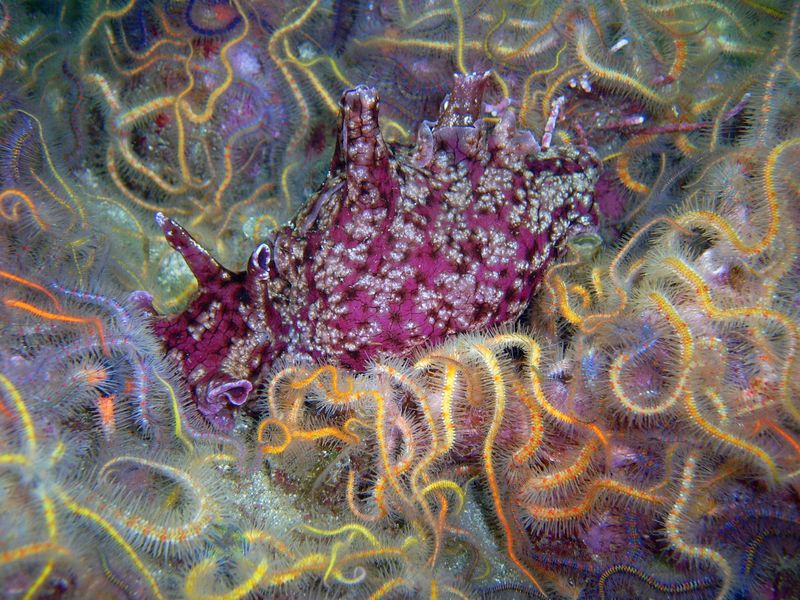Swimmers have been saved from pee thanks to a popular myth that there exists a kind of urine indicator dye for pools that changes color if and when anyone decides to take a sneaky whizz. While a handy deterrent, no such indicator dye has ever existed, but that didn’t stop the myth from becoming feared across the globe.
The idea behind the dye was that it would change color if it came into contact with urine, creating a telltale cloud in the water that exposed the guilty urinator. It seems obvious in hindsight that such a dye isn’t in use, because otherwise we would’ve all – surely – at some point seen it, and as for those kiddies' paddling pools? It’d be carnage.
As myths go, it’s a pretty handy one, having spread globally to dissuade kids from pissing in pools for fear they’ll be humiliated in front of their peers. CBC reports that according to the National Swimming Pool Foundation, an American nonprofit focused on aquatic health and safety, urine indicator dye is "the most common pool myth of all time” that was revealed to be believed by 50 percent of people in a 2015 survey.
So, why don’t we invent such a dye? The issue is that creating a chemical that reacts specifically only to urine, and not all the other organic chemicals in pool water, is no easy task. Besides, as Snopes rightly points out in their fact check, if you tell a child pool water will dramatically change color if they urinate, chances are they’re going to dive right in and urinate to see it for themselves.
The idea of screaming children running from a technicolor paddling pool riddled with piddle is – undoubtedly – a funny one, but it’s also true that pee in pools is no laughing matter. Chlorine is poured into pools to break down germs, but when we fill it with urine – or worse still, poop – the chlorine gets to work breaking those down instead. And as a biological warfare expert discovered in Las Vegas, pools are truly filthy.
In a pool safety release in collaboration with the U.S. Department of Health and Human Services, the Centers for Disease Control and Prevention highlighted that the presence of urine lessens the chemical power of chlorine, meaning more germs can infect swimmers. A strong chlorine smell at a pool is a sign that there’s a lot of breaking down going on in the water, so you might want to don some goggles. Chlorine typically takes the rap for red-raw eyes, too, but again, our old friend pee is really to blame.
So, while urinating in a pool might not engulf you in a vibrantly-colored cloud of shame, it can make swimming a much less enjoyable experience for you and your fellow pool mates. Be cool, don’t pee in the pool.




